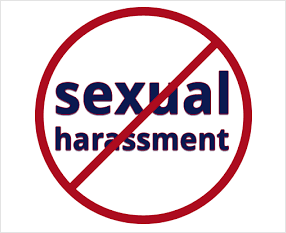
Barely a day goes past when there isn’t another accusation of sexual harassment, inappropriate conduct, or some other inappropriate behaviours in the workplace which could constitute harassment and I’ve been asked by a couple of clients – Are we doing enough?
To determine that, we must firstly think about whether we have a policy and, if so, are people aware of it? A policy should at least outline what the definitions are of bullying and harassment – they are “unwanted behaviour that makes someone feel intimidated, degraded, humiliated or offended”. There isn’t a benchmark here – we know that what one person finds ok, another may find degrading or offensive.
Bullying or harassment can also take place between individuals or within, or by, groups of people. It may also be done unwittingly – the person who has said or carried out the offensive behaviour might not realise what they said was so insulting or inappropriate.
Also, the way in which harassment can occur is broad – for example, it can be said, it could be via written communications especially email, it could be visual, or it could be something made on social media known as cyber bullying.
So, by having a policy, an employer demonstrates their commitment to a workplace that is free from this sort of behaviour and it can also be backed up with written standards of what behaviours are expected which should include respecting each other, treating people with dignity and respect, respecting and acknowledging differences – essentially embracing diversity.
But having a policy isn’t sufficient. Do your staff know of the policy? Have you carried out training and is it covered in your induction processes? You have to ensure that it is part of the way you work and, of course, managers have a greater responsibility to set an example.
Managers and supervisors, as well as individual employees, should be encouraged to challenge inappropriate behaviours – the way this is done, when it is done, and how it is done is something that can be addressed through training and practice. Fundamentally, if you are encouraging an open and diverse workplace, this should be part of how you work.
Ensuring that, from your Chief Executive, through your senior and middle managers, all the way down to your staff, everyone exhibits the appropriate behaviours. This will certainly help your workplace to become more welcoming and help to make you an attractive employer of choice. In the war on talent, this will become increasingly important – just look at the impact the Stonewall workplace equality index has on recruitment and retention.
If you want to know more about anything in this article, please contact me at [email protected]– I’m passionate about equality and diversity and I’d be more than happy to discuss this with you.
Caroline






